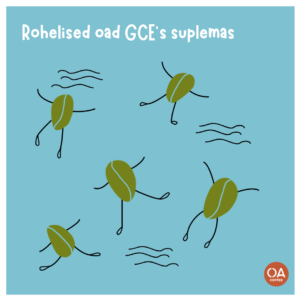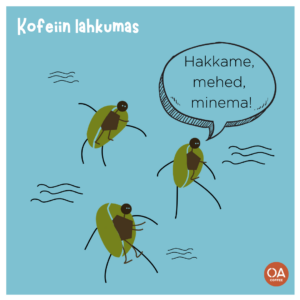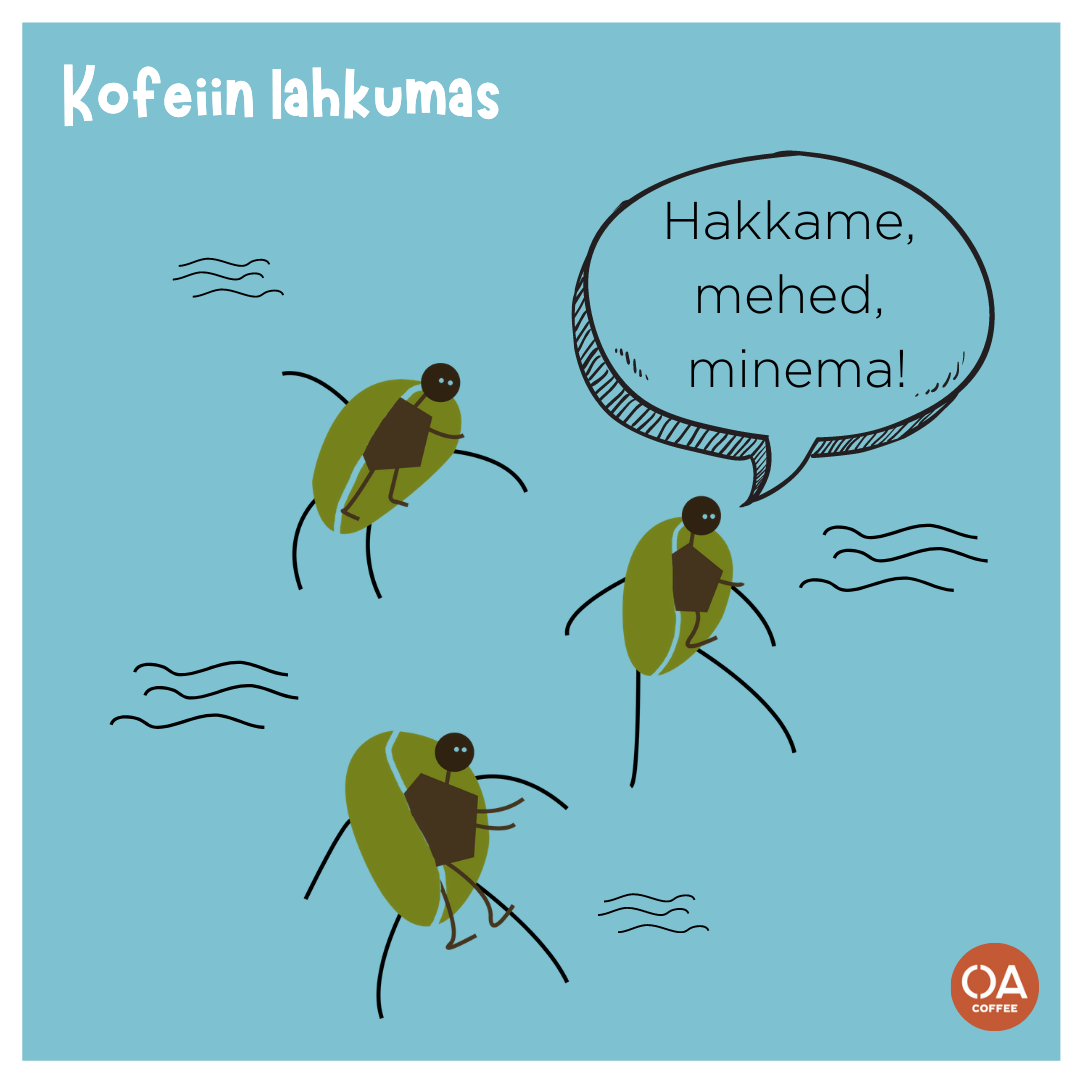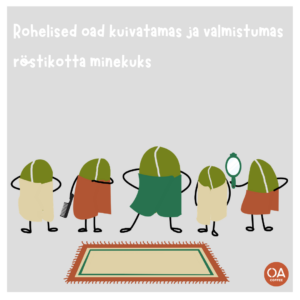Is truly caffeine free coffee possible? And what is the process? When and how does coffee become decaffeinated? The honest answer is that you don’t get totally decaffeinated coffee. No matter which method for removing the caffeine from the bean is used, a small amount will always remain (about 0,1%). So we’re talking about how to make coffee 99% decaffeinated.
Caffeine is removed from the beans before roasting; while the beans are still green and have not come even close to the roastery. Caffeine can be removed with methylene chloride or ethyl acetate, but these are not the best methods for nature and health. Our Peru beans have been decaffeinated by a third method – the Swiss Water Process. With that, the taste has been preserved in the large scale, only the bitterness inherent in coffee has decreased.
The Swiss Water Process uses water to extract the caffeine from the beans. Green coffee beans are held in GCE (Green Coffee Extract), during which the caffeine leaves the bean and then the GCE solution passes through a charcoal filter. The whole process takes 8 – 10 hours. The process is repeated until 99,9% of the caffeine is out from the beans, but some of the tricky caffeine can still hide somewhere and stay in the coffee bean. No need to worry though – much of it has left and the decaffeinated coffee bean is ready for its adventure in the roastery.
Decaffeinated coffee is a good solution for all coffee lovers who love the taste of the beverage but do not want the accompanying energy fluctuations. However, as shown above, it’s still worth keeping a limit to your consumption, and it may not be wise to drink decaffeinated coffee by the jug.




